Chikungunya fever is a viral illness caused by the chikungunya virus, primarily transmitted through the bites of Aedes mosquitoes. Its main symptoms include fever, rash, and joint and muscle pain. While most patients recover within a week, 30%-40% may experience persistent joint pain lasting months or even years, significantly affecting their long-term quality of life.
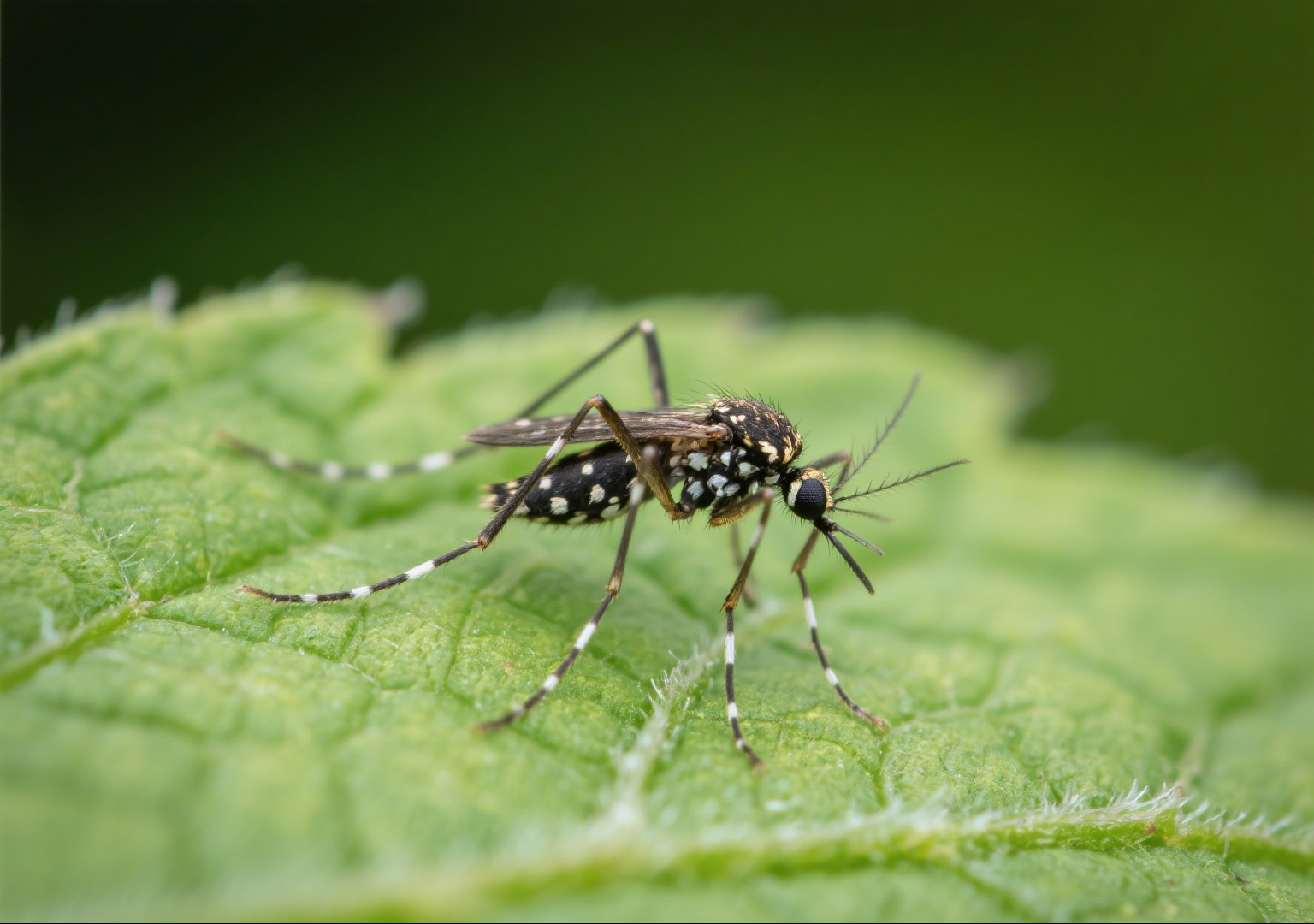
1. How is the chikungunya virus transmitted?
The chikungunya virus is mainly spread through the bites of Aedes mosquitoes, most commonly Aedes aegypti and Aedes albopictus. When a mosquito bites an infected person and then bites another person 2-10 days later, the latter can become infected.
The "human-mosquito-human" cycle is the core mode of chikungunya fever transmission, but it doesn't spread through daily contact, coughing, or sneezing. A high viral load in blood may enable transmission via transfusions or accidental blood contact.
2. Where is chikungunya fever prevalent?
From January to June 2025, about 220,000 cases and 80 deaths from chikungunya fever have been reported in 14 countries or regions. In July, a local transmission outbreak caused by imported cases occurred in Foshan, Guangdong. Currently, the government is implementing prevention and control efforts.
3. What are the clinical symptoms of chikungunya fever?
Most infected people show symptoms 3-7 days after infection (1-12 days in some cases), including sudden fever, joint pain (in wrists, ankles, knees, shoulders, etc.), headache, muscle pain, swelling, rash, nausea, and fatigue. Complications affecting the eyes, heart, and nervous system are occasionally reported.
These symptoms resemble those of dengue and Zika infections. High-risk groups for severe illness include perinatally infected newborns, people aged 65 and older, and those with conditions like hypertension, diabetes, or heart disease. Most recover within a week, but joint pain may linger for months or years.
4. How is chikungunya fever diagnosed?
For patients with acute fever and multiple joint pains, especially recent travelers from chikungunya-affected areas, chikungunya virus infection should be considered. Diagnosis requires lab tests such as virus isolation, nucleic acid detection, or antibody testing.
5. How is chikungunya fever treated?
Currently, there is no specific drug for the treatment of chikungunya fever. Treatment focuses on supportive care, including adequate rest, fluid replacement, and taking over-the-counter pain relievers such as acetaminophen. Avoid aspirin or NSAIDs (e.g., ibuprofen) until dengue is ruled out to prevent bleeding risks.
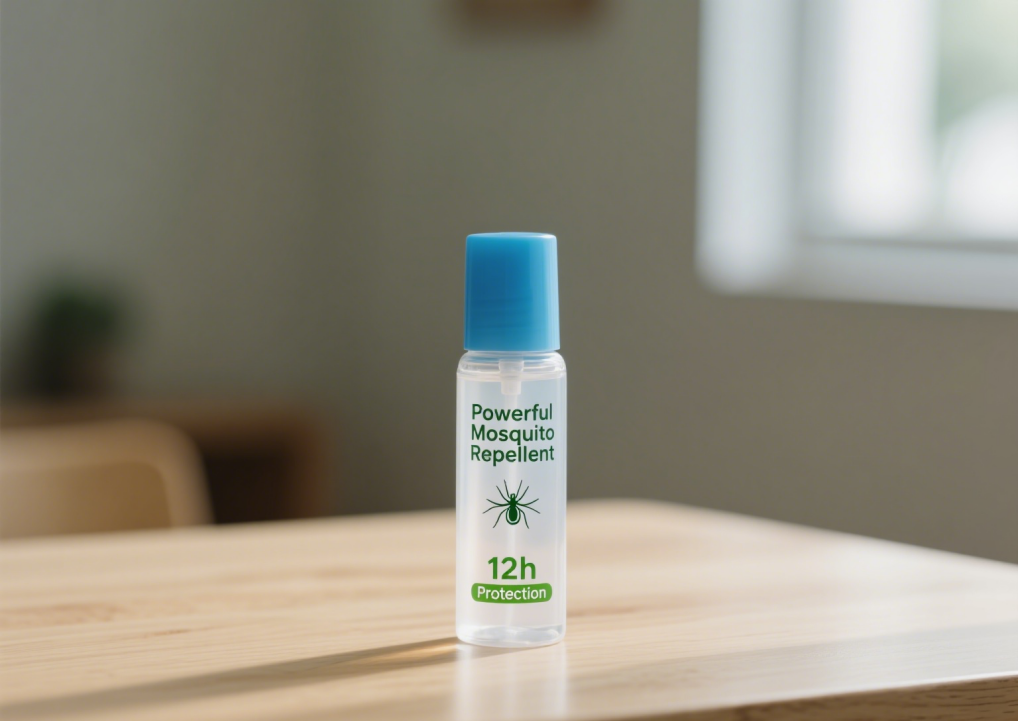
6. How can chikungunya fever be prevented?
Avoid mosquito bites. Specific measures include using insect repellents, wearing long-sleeved shirts and long pants, treating outer clothing with 0.5% permethrin, choosing accommodations with window and door screens, and using mosquito nets.
7. How can the spread of the chikungunya virus be controlled?
Control mosquitoes by eliminating breeding sites: clean water containers every 5 days, dispose of waste properly. During outbreaks, spray insecticides to kill adult mosquitoes, and use larvicides in water to target immature stages.
8. Is there a vaccine for chikungunya fever?
Currently, there is no licensed vaccine for chikungunya fever in China. Effective prevention can be achieved by taking personal protective measures to avoid mosquito bites.
9. What should travelers pay attention to?
Before traveling, check health advisories; high-risk individuals (e.g., pregnant women) may avoid outbreak areas. For high-risk or long-stay trips, consult travel clinics.
During trips, carry DEET/icaridin repellents, wear permethrin-treated clothing, use mosquito nets, and stay in screened accommodations.
After returning, prevent bites for 2 weeks to avoid local spread. Seek medical help for fever, rash, or joint pain within 2 weeks and disclose travel details.
10. How can individuals and families prevent and eliminate mosquitoes?
Personal protection: Wear light-colored, long-sleeved clothing outdoors. Use repellent sprays/patches. Install screens and sleep under mosquito nets.
Indoor water management: Change hydroponic plant water every 3-5 days, clean containers, or use larvicides. Check hidden spots (e.g., fridge trays) for stagnant water.
Outdoor water management: Clear containers (e.g., pots, cans) on the balconies or in the yards, invert unused items, and cover water tanks.
Mosquito control: Use indoor insecticides (sprays, coils) or physical tools (electric swatters, traps) to eliminate mosquitoes.
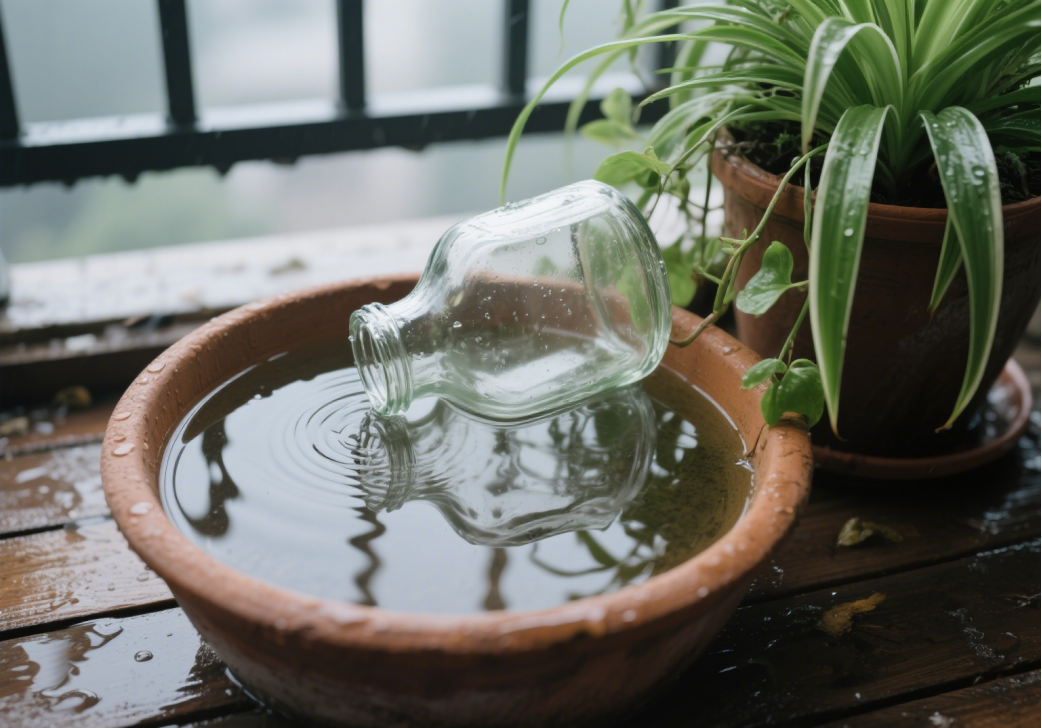
11. What are the common mosquito breeding sites and how to clean them up?
Home and workplaces: Target aquatic plants, trays, buckets, idle containers, tanks, and ditches. Empty or cover containers, switch to sand-based plants, dredge ditches, and use larvicides.
Public areas (communities): Clear breeding sites in green belts, parking lots, garbage areas, and drainage systems. Remove debris, empty containers, fill gaps with sand, and apply larvicides.
Outdoor environments: Focus on green belts, parking lots, tires, pipeline wells, and ditches. Eliminate sanitary neglected corners, fill containers with sand, and use larvicides.
Prioritize clearing mosquito breeding sites in vacant houses, especially open-air old homes in urban villages, outdoor garbage and debris piles, and neglected corners.
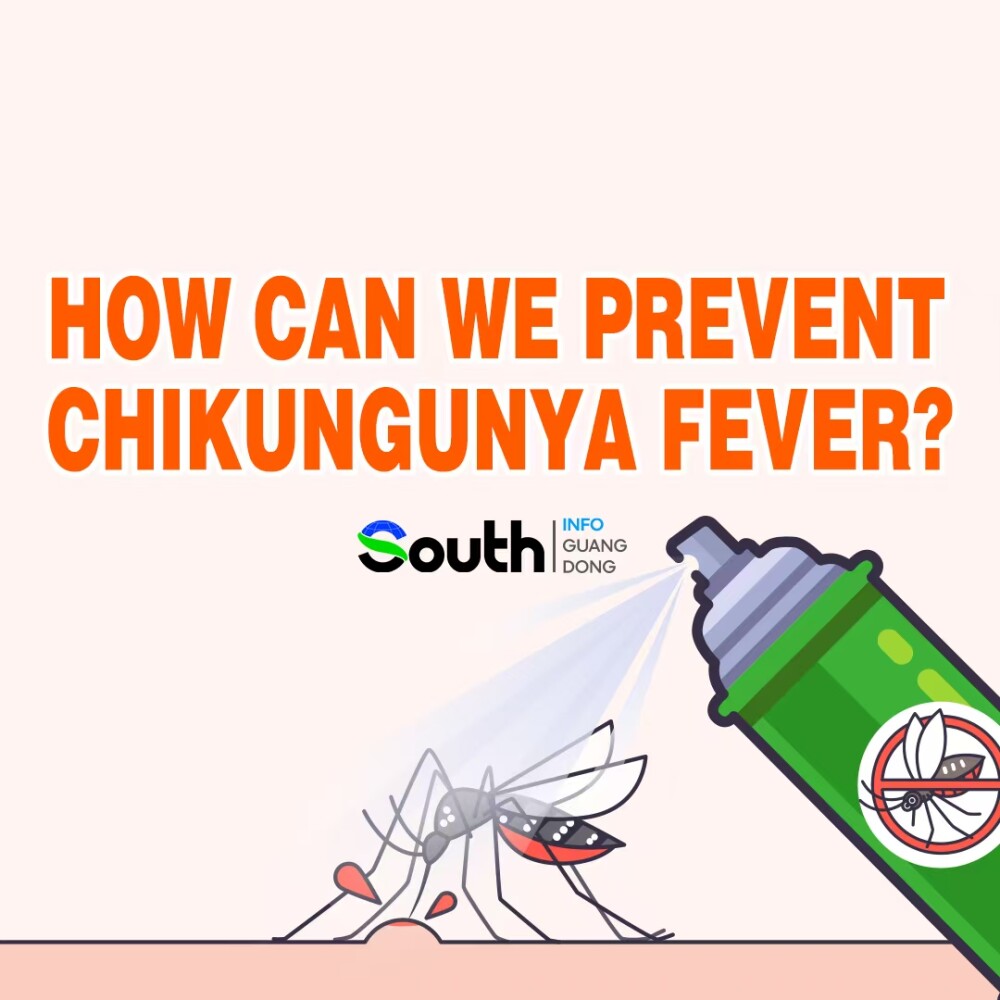
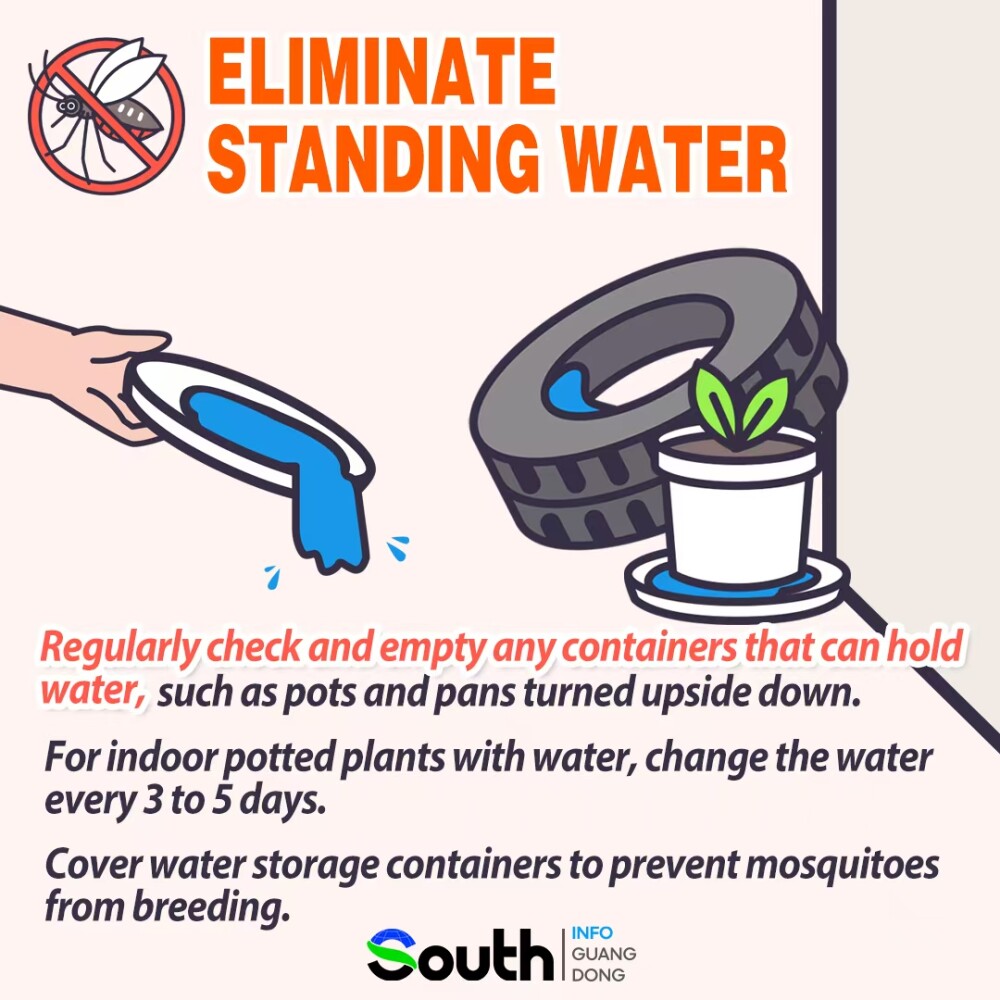
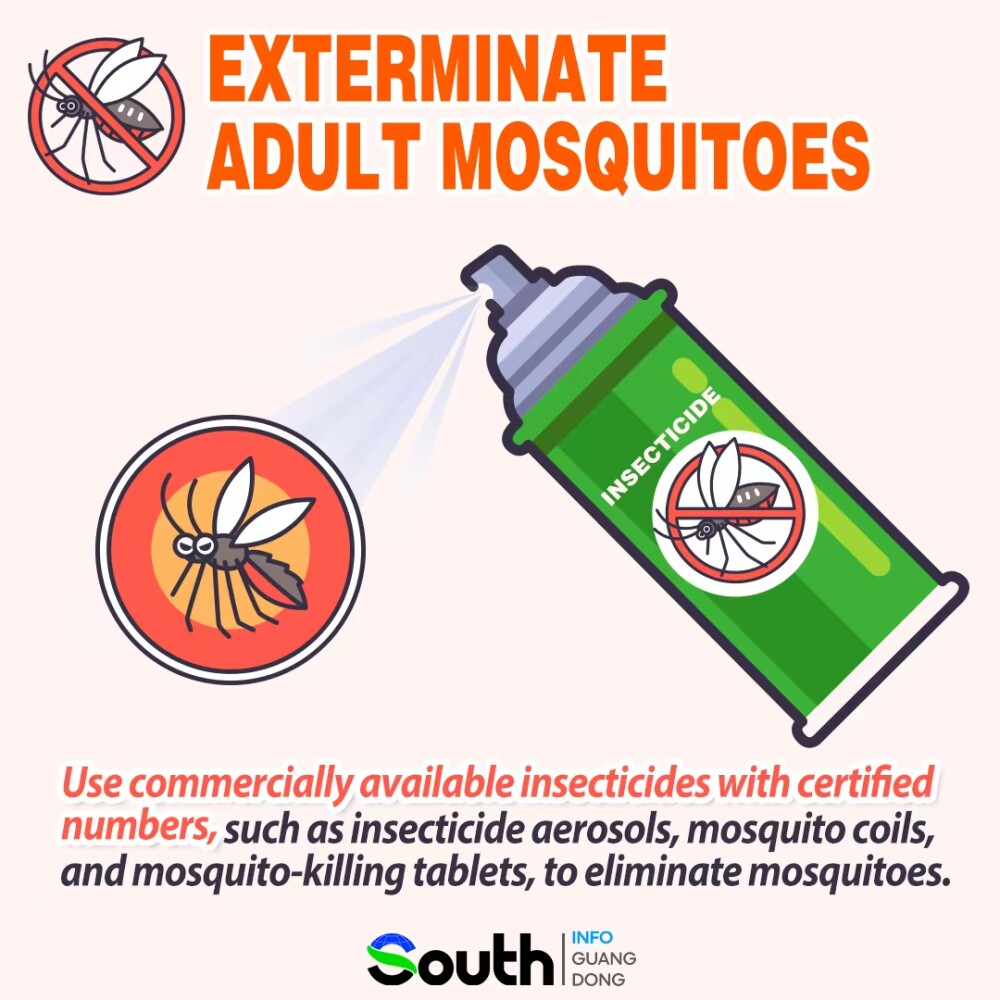

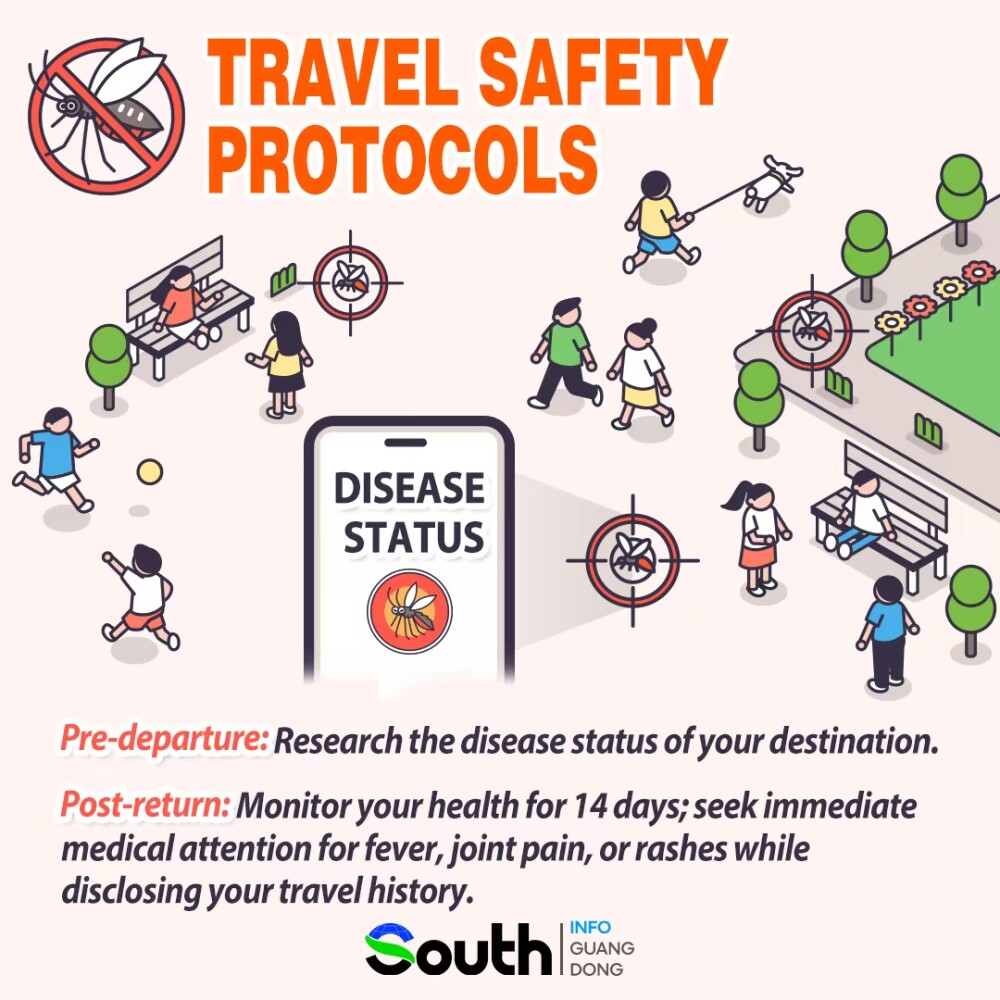
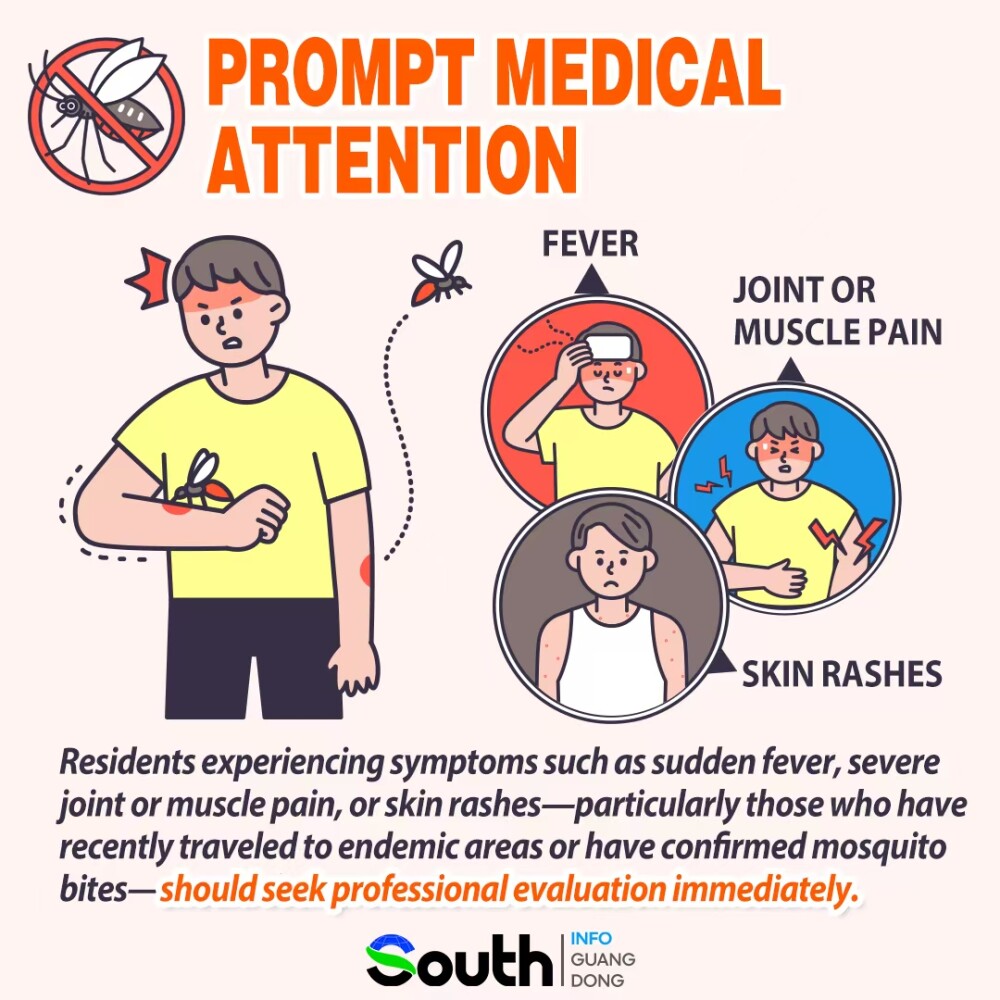
Reporter | Chen Jinxia
Poster | Cai Junru
Editor | Hu Nan, James Shen He
Photos are generated by AI.






